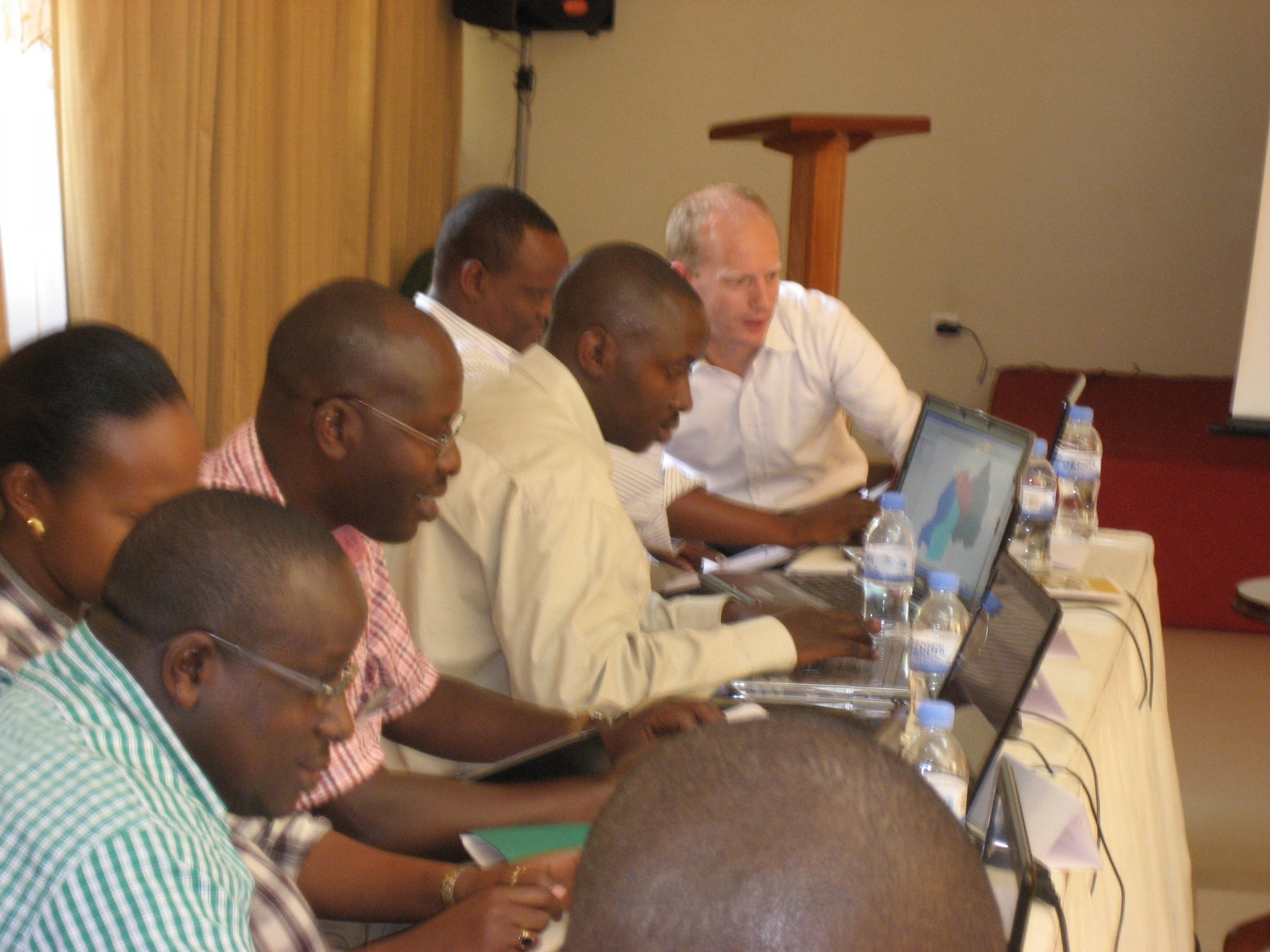
The World Health Organization (WHO) has released a compendium of innovative technologies that may address global health complexities and improve health outcomes in low-resource settings. It presents a snapshot of technologies, either under development or commercialized, that address specific health problems and offer proposed solutions. Each technology is featured in a one-pager which showcases the product functionality and specifications, developer’s claims of product benefits, usage information, development stage, as well as future work and challenges for the product. According to the WHO, the compendium 2011 aims to raise awareness of the critical need for development and dissemination of novel technology in developing countries.
Technology Under Development…
Assisted vaginal delivery instrument
Blood collection drape estimating postpartum blood loss
Fetal heart rate monitor by mobile phone
Infant warmer
Isolator system for laparoscopic surgery
Lab-in-a-backpack: point of care screening/diagnostic
Low-technology child restraint car seat
Microbial water testing kit
Mobile health record system for pediatric HIV
Mobile phone image transmission for diagnosis
Mobile phone pulse oximeter
Off-grid refrigerator
Orthopaedic external fixator
Pedograph
Point-of-use water purifier
Portable cell sorting and counting device
Portable system for pre-cancer screening at point of care
Portable telemedicine unit
Portable transcutaneous haemoglobin meter
Single-size contraceptive diaphragm
Subcutaneous drug delivery device
Woman’s condom
Commercialized Technology…
Birthing simulator for training
Fetal heart rate monitor
Isothermal nucleic acid amplifi cation system for POC diagnosis
Manual wheelchairs and mobility devices
Medical data communication system
Mobile technology to connect patients to remote doctors
Newborn simulator for resuscitation training
Non-pneumatic anti-shock garment
Oxytocin in prefilled auto-disable injection system
Parasitological test system
Phototherapy for neonatal jaundice treatment
Point-of-use water disinfection system
Portable haemoglobin meter
Portable ventilator
Prefi lled auto-disable injection system
Reusable neonatal suction device
Self-powered pulse oximeter
Solar thermal cooking and autoclave device
Transcutaneous bilirubin measurement system for infants
Treatment response software application
Ventilator using continuous positive airway pressure
Water filter


















































